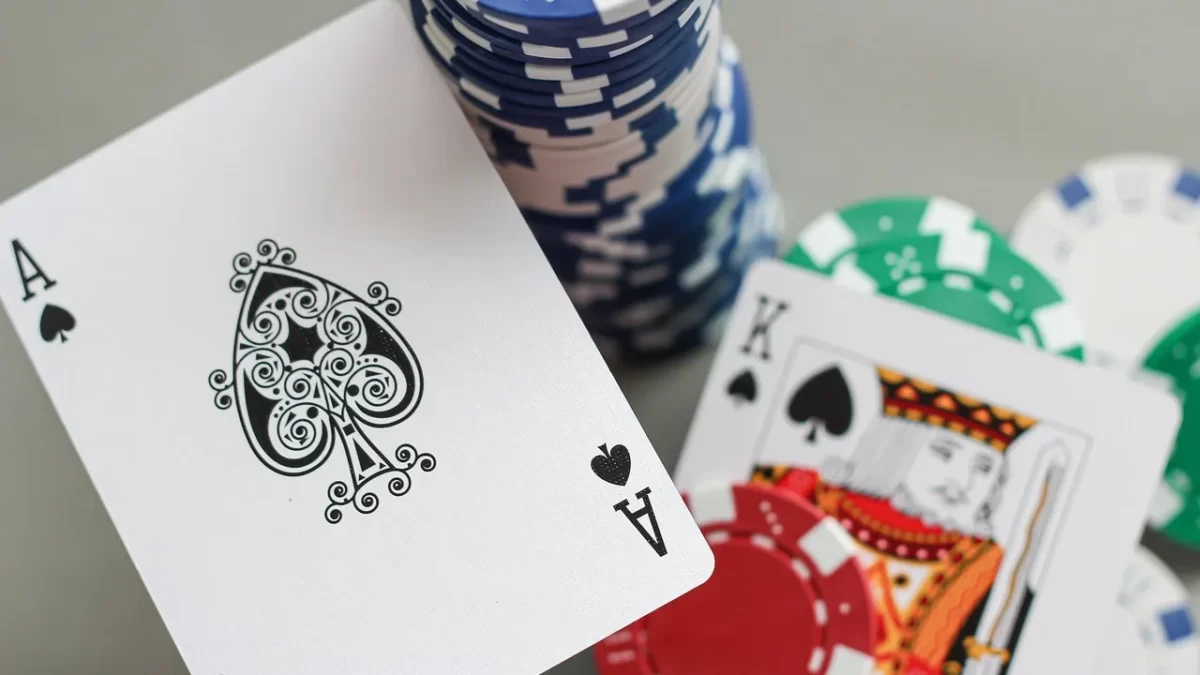
Comment débuter l’apprentissage du violon : trucs et astuces pour les débutants
1st step to start violin: Be sure of yourself
Before embarking on the journey of learning the violin, it’s important to be sure of yourself and your commitment. Learning any musical instrument requires dedication and practice, and the violin is no exception. It’s a challenging instrument that requires precise hand movements and a keen ear for pitch.
So, how can you be sure that the violin is the right instrument for you? Firstly, listen to various classical violin pieces and see if you are drawn to its beautiful sound. If you find yourself captivated and enchanted, that’s a good sign! Secondly, make sure you have enough time and motivation to practice regularly. Consistency is key when learning the violin.
Once you have determined your passion and commitment, it’s time to move on to the next step.
2nd step: Equip yourself!
To start your journey with the violin, you need to have the necessary equipment. The fundamental equipment includes:
- A violin: Selecting the right violin is crucial. It’s recommended to rent or purchase a violin that suits your size and budget. Consult with a violin teacher or an experienced player for guidance.
- A bow: The bow is used to produce sound. Look for a bow that is well-balanced and made from quality materials.
- Rosin: Rosin is applied to the bow to increase friction and produce a clear sound. Choose a rosin that matches your climate and playing style.
- Shoulder rest: The shoulder rest helps support the violin while playing, providing comfort and stability. There are various models available, so find one that suits your body shape.
Once you have gathered all the necessary equipment, you are now ready to start your journey with the violin.
3rd step: Start to initiate yourself
Now that you have your violin and accessories, it’s time to initiate yourself into the world of violin playing. Here are a few important steps to get started:
- Hold the violin: Place the violin under your chin, resting on your left shoulder. The left hand should hold the neck of the violin, while the right hand holds the bow.
- Learn the proper bow grip: Hold the bow with a relaxed hand, allowing for flexibility and control. Make sure to apply even pressure on the strings while bowing.
- Practice correct posture: Maintain a straight back and relaxed shoulders while playing. Good posture is essential for producing a beautiful sound and avoiding strain or injury.
- Learn basic notes: Familiarize yourself with the fingerboard and practice playing the basic notes. Start with simple scales and gradually progress to more complex melodies.
Remember, practicing consistently and acquiring good habits from the beginning are key principles to follow during this initiation stage.
4th step to start violin: Choose a method
When learning the violin, it’s essential to follow a structured method. There are various methods available, each with its own strengths and teaching approaches. Here are a few popular options:
- The Suzuki method: Developed by Shinichi Suzuki, this method focuses on learning by ear and emphasizes listening and imitating before reading music.
- The traditional method: This method incorporates learning to read sheet music from the beginning, along with a balance of technical exercises and repertoire.
- The Alexander technique: This technique focuses on body awareness, alignment, and efficient movement, aiming to prevent tension and promote ease while playing.
Choosing the right method depends on your learning style and goals. It’s always beneficial to consult with a violin teacher or mentor who can guide you in selecting the most suitable method for you.
Post the comment
In conclusion, learning the violin is a rewarding yet challenging journey. It requires dedication, practice, and a genuine passion for the instrument. By ensuring your commitment, equipping yourself with the necessary tools, initiating yourself with proper techniques, and choosing a suitable learning method, you can set a strong foundation for your violin playing. So, don’t hesitate to embark on this musical adventure and enjoy the beauty of playing the violin!
FAQ
Comment débuter l’apprentissage du violon ?
L’apprentissage du violon débute par le choix d’un instrument adapté à votre taille. Ensuite, vous devrez trouver un bon professeur pour vous enseigner les techniques de base et le solfège. Enfin, pratiquez régulièrement, idéalement tous les jours, pour améliorer votre technique et votre interprétation.
Est-ce qu’on peut apprendre le violon seul ?
Oui, il est possible d’apprendre le violon seul en utilisant, par exemple, des ressources en ligne ou des livres d’enseignement. Cependant, un professeur peut fournir une guidance importante et éviter des mauvaises habitudes ou des erreurs de technique.
Est-ce que c’est difficile d’apprendre le violon ?
Apprendre le violon peut être difficile car cela nécessite de la coordination, du temps et de la patience. Cependant, avec de la persévérance et des leçons régulières, il est tout à fait possible de progresser.
Est-il possible d’apprendre le violon adulte ?
Oui, il est tout à fait possible d’apprendre le violon en tant qu’adulte. Cela demandera du temps, de la patience et une pratique régulière, mais il n’y a aucune limite d’âge pour l’apprentissage d’un instrument de musique.


